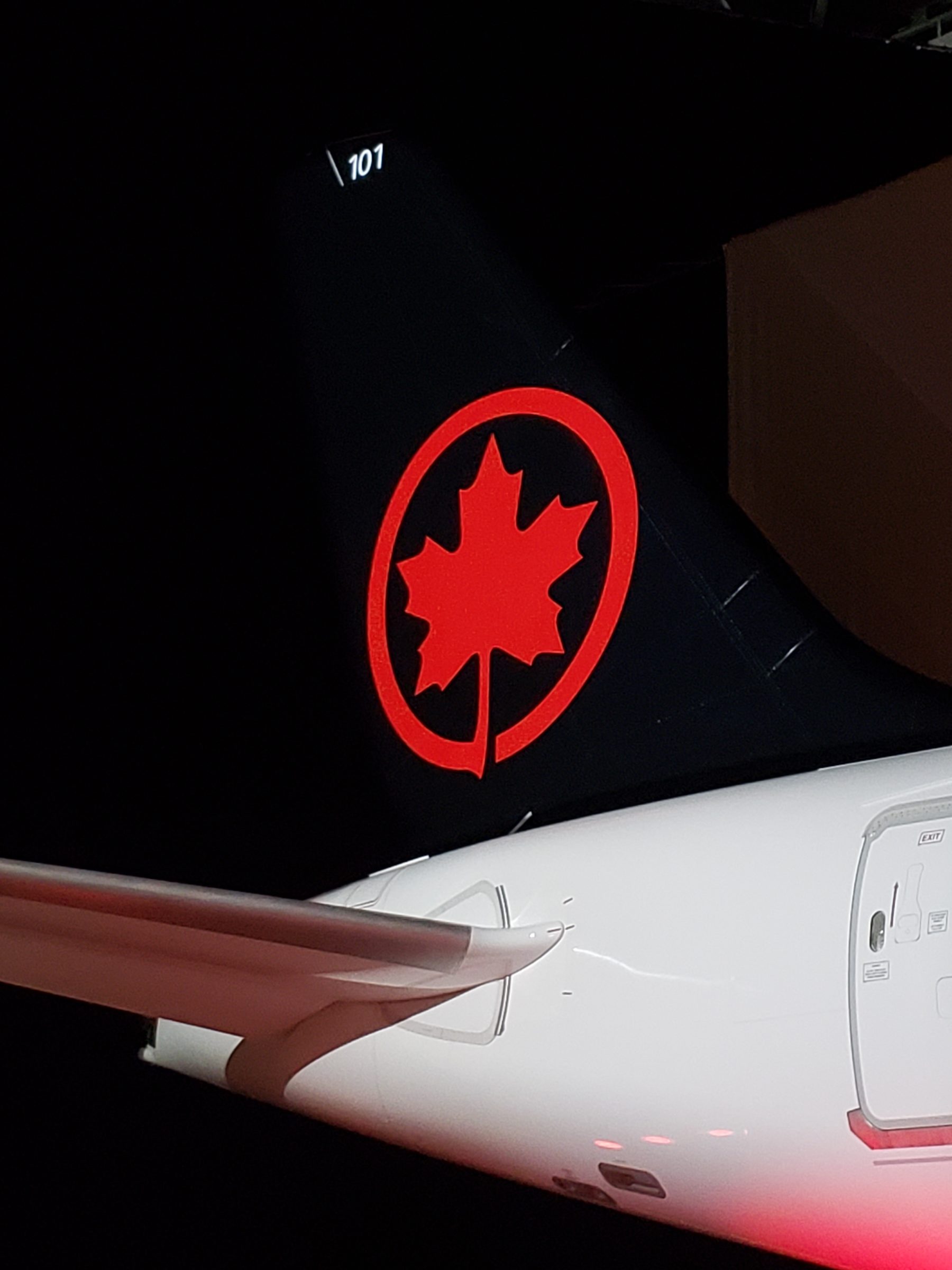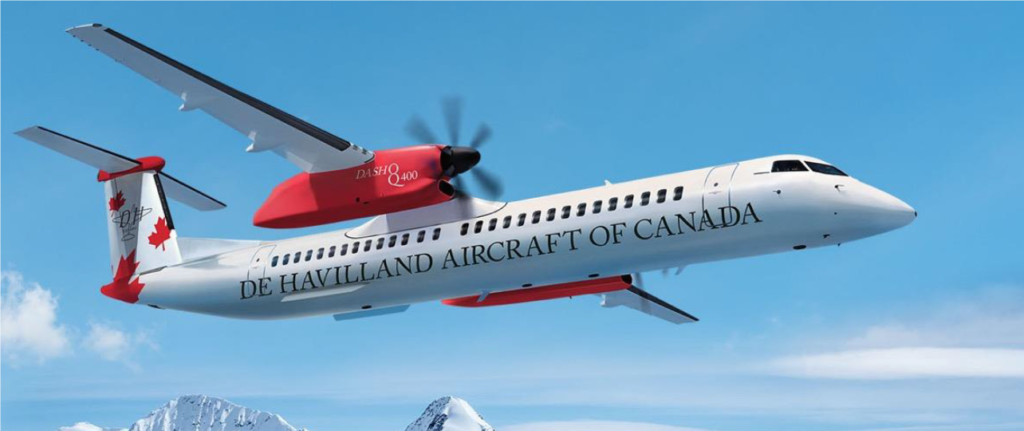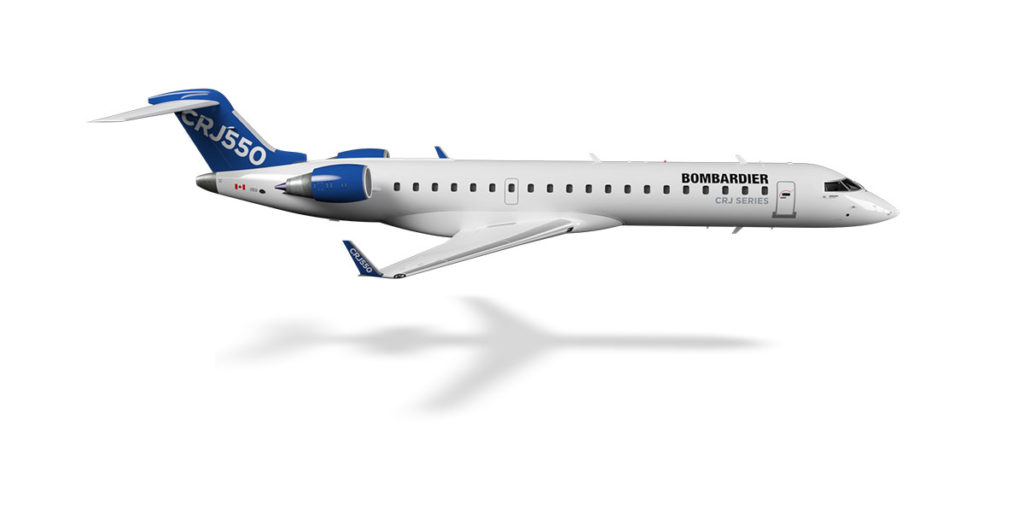Leeham News and Analysis
There's more to real news than a news release.
Shall passenger airliners run as freighters during the COVID-19 crisis?
By Bjorn Fehrm
Subscription Required
Introduction
April 6, 2020, © Leeham News: With the COVID-19 pandemic, the passenger traffic has ground to a halt in many countries. The airliners are parked and their crews sit idle.
At the same time, the air freight market booms. From a decline in demand in the first months of the year, there isn’t enough freighter capacity right now. The freight that traveled in the bellies of the passenger jets had to find new ways and as this was almost half the world’s air cargo, the dedicated freighters can’t absorb the volumes.
Is it time to fly passenger airliners as substitute freighters? Some airlines are doing this on a spot basis. Apart from injecting capacity for needed medical supply freight, does it make economic sense? We run a series of articles on the subject.

Figure 1. Delta flies an A350-900 as a belly freighter between Shanghai and Chicago three times a week from March 30. Source: Delta.
Summary:
- Freight prices soar as capacity collapses when airlines ground passenger jets.
- For the airlines, the cost equation changes with an abundance of free capacity at remaining fixed costs.
- Does it make economic sense to run passenger airliners as freighters in this situation?
Why bailouts make sense under these circumstances
By Scott Hamilton
Commentary
March 18, 2020, © Leeham News: The Federal government is preparing a bailout, said to be more than $1 trillion, to pump into the US economy.
Airlines want $50bn. Boeing wants $60bn for the aerospace industry. It’s unclear how much is for Boeing and how much is for industry.
Opposition for the airlines and Boeing was quick to emerge. The objection: how much each spent in recent years on shareholder buybacks.
The bailout package goes across the US economy and includes direct cash grants to individuals. In keeping with LNA’s business, I focus in the column only on aviation.
US carriers not at imminent risk of bankruptcy despite potential shutdown
By Judson Rollins
March 16, 2020, © Leeham News: Throughout Sunday afternoon and evening, reports – all unconfirmed – began to emerge in the US that as early as today, the Trump administration may announce a suspension of US passenger flights domestically for 2-4 weeks. The suspension, if confirmed, could begin this week. Investors are scrambling to understand how long US airlines can survive on their current cash balances.
LNA reviewed the balance sheets of carriers worldwide in anticipation of such dramatic events. In this article, we will show that US airlines have plenty of time for demand to recover – or the US government to step in with emergency loans or grants similar to those doled out by the Air Transportation Stabilization Board from 2001 to 2003.

This airplane line-up at Chicago O’Hare Airport could be a thing of the past very soon. Source: Pinterest.
IAG’s super MAX deal likely means super discounts, services
June 20, 2019, © Leeham News: Boeing gets a Letter of Intent for 200 737 MAXes from International Airlines Group (British Airways, et al), announced Tuesday at the Paris Air Show.
 Today, Airbus complained the deal came as a surprise—there hadn’t been a tender, Airbus had no chance to bid.
Today, Airbus complained the deal came as a surprise—there hadn’t been a tender, Airbus had no chance to bid.
Christian Scherer, meet John Leahy.
Scherer is Leahy’s successor, and like Scherer, Leahy was blindsided in 1996 when American Airlines signed a 20-year exclusive procurement deal with Boeing.
Then, Delta and Continental airlines did the same.
Leahy complained bitterly that he didn’t know of American’s deal and had had no chance to bid.
Paris Air Show, Day 2: Orders and commitments
June 18, 2019, © Airfinance Journal: Boeing received a much-needed vote of confidence in its grounded 737 Max aircraft with a commitment for 200 of the type from IAG. 
Nonetheless, the US manufacturer failed to register a firm order from the second day in a row.
Airbus, in contrast, continued to build momentum for its new A321XLR with orders and commitments from IAG and Cebu Pacific.
CFM also had a good day, registering big orders from lessors and AirAsia for its LEAP engine.
E175-E2 prototype in production, first flight by year end
May 28, 2019, © Leeham News: The first E175-E2 prototype is now in production at the Embraer plant here at Sao Jose dos Campos, Brazil, despite having no firm orders and only a single conditional order for 100 aircraft from a US airline that so far can’t use the airplane.
The pilot union contracts contain a clause that prevent the only customer for the aircraft in  the world from using it because the take-off weight exceeds the 86,000 lbs specified in the contract.
the world from using it because the take-off weight exceeds the 86,000 lbs specified in the contract.
Embraer designed the airplane with the hope the so-called Scope Clause would be relaxed in contract negotiations this year and next by pilots for American, Delta, United and Alaska airlines. It’s become clear that relief is unlikely.





